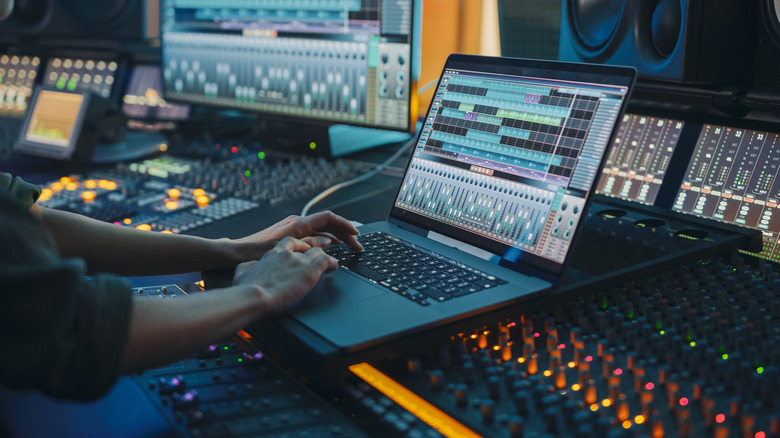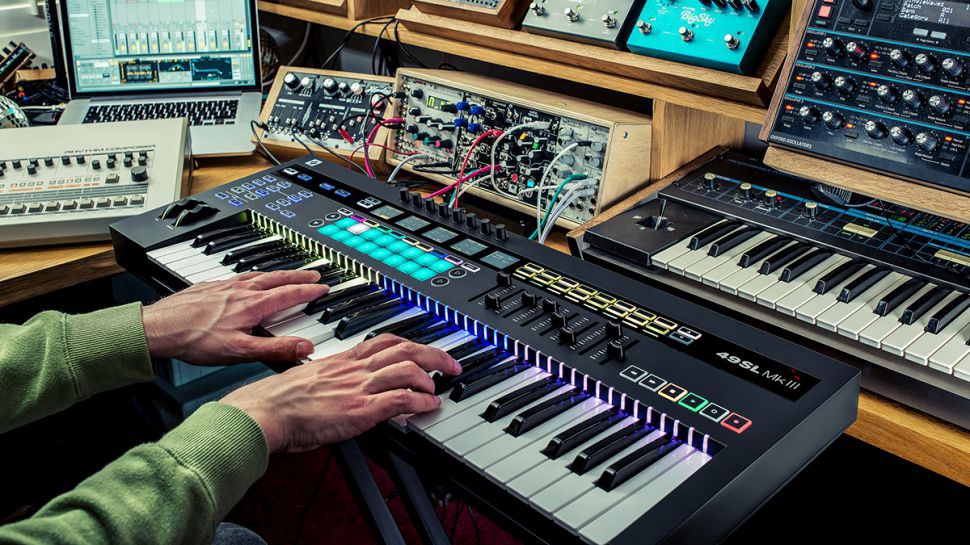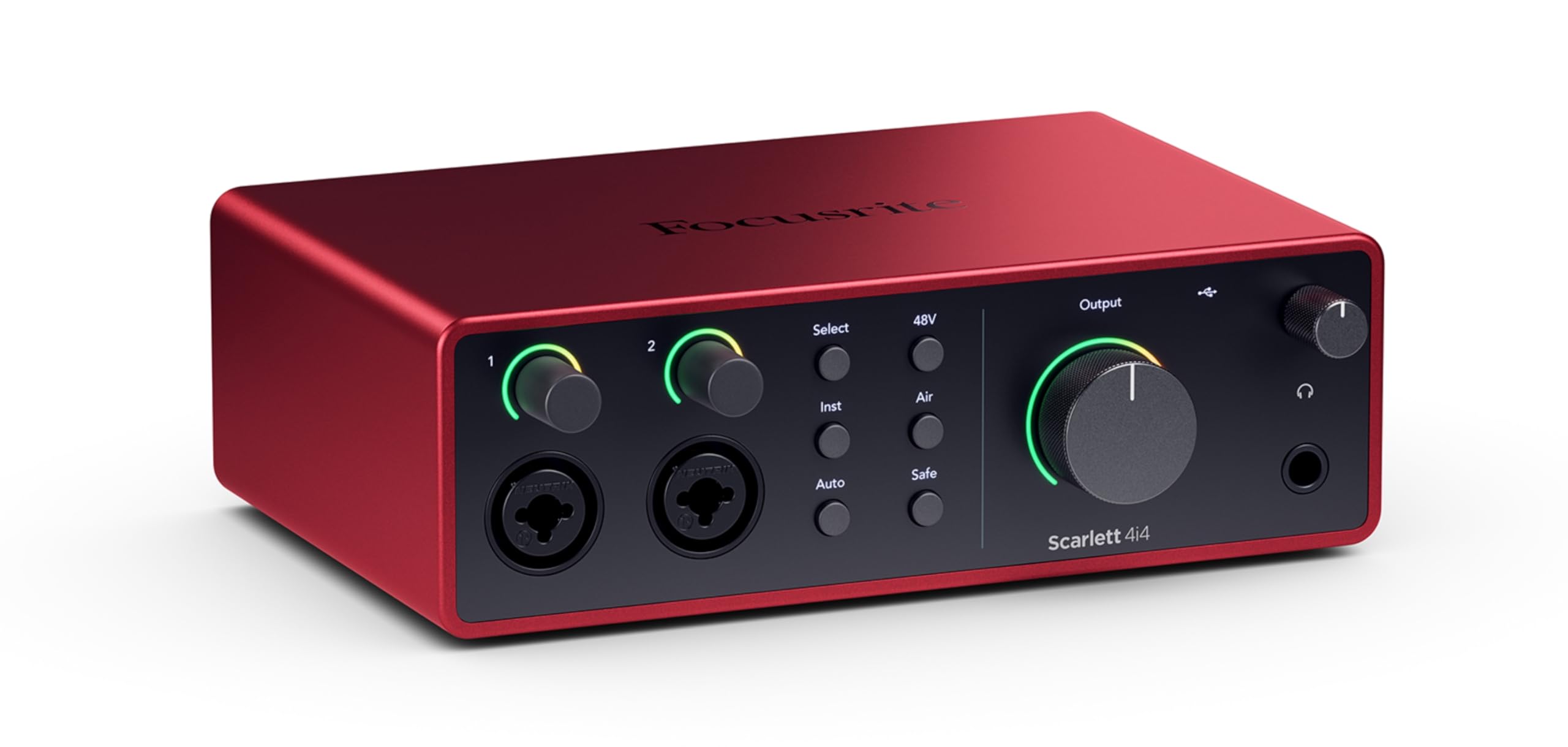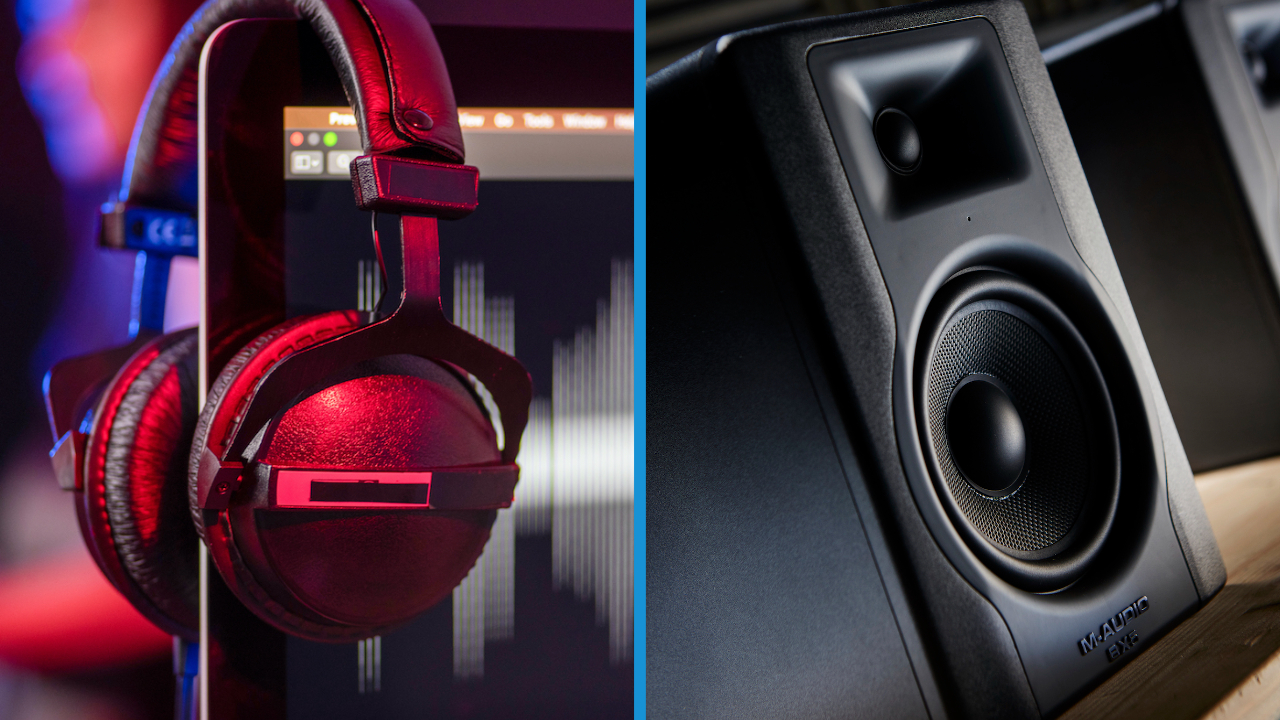The field of beat making has seen a huge increase in popularity in recent years, becoming an accessible and enjoyable process for musicians and arrangers. Thanks to advances in technology and the availability of affordable music processing equipment, people of all ages and abilities can begin their musical journey. This democratization of music production fosters creativity, allowing anyone interested in music to explore their potential regardless of previous experience. In this digital age, tools for professional development are more accessible than ever. Software such as digital audio processors (DAWs) and synthesizers offer new creative capabilities, allowing beginners to experiment with sounds. Online courses, forums, and communities also support new producers by providing guidance and feedback. In addition, the advent of social media provides the opportunity to share and receive feedback on your work, further improving the learning process. For those who are considering investing in music production, it is important to note that the focus should not be on acquiring the latest technology or equipment. While having the right equipment can help, the core of a stroke is a process of personal creation and expression. Focusing on experimenting and learning will yield better results than focusing on finding the most expensive equipment. By cultivating a new mindset and developing their craft through practice and research, aspiring beats will find a unique way to express themselves and develop their sound. In short, the world of destruction is open to anyone who wants to enter the music industry. It is a combination of technology and creativity that promotes personal growth and artistic development. Start this exciting journey with an open mind and don’t give up!

The Basics: Laptop and Software
The basic equipment you choose at the start of your campaign is critical to your success. At the heart of this setup is a reliable computer, as it not only supports the music process but also serves as the main function for various digital audio workstations (DAWs). To ensure the best experience, your laptop should meet certain minimum requirements. Ideally, the laptop should have at least a dual-core processor, but a quad-core processor will provide a better experience. It is also recommended to have at least 8GB of RAM to be able to handle multiple games and interfaces simultaneously. Storage is equally important; an SSD (Solid State Drive) is better than an HDD (Hard Disk Drive) because it allows for faster read and write speeds, which is important when working with large files and projects.
After setting up your laptop, the next important thing to consider is music software, usually called a DAW. For beginners, there are many DAWs available that are equally user-friendly and powerful. Popular options include Ableton Live, FL Studio, and Apple’s GarageBand. Each of these platforms has a variety of features needed to create beautiful visuals without overwhelming new users. Essentially, the user-friendly interface helps beginners find the right software, allowing them to focus on creativity rather than content.
Many DAWs also come with a variety of virtual instruments and models that enhance your production capabilities from the very beginning. As you progress, you can consider expanding your instrument with plugins and other sound libraries to diversify your sonic palette. Finally, investing in a good computer and the right DAW is crucial to building a solid foundation in rhythm and allowing you to create and explore your own recordings.
Choosing the Right Computer for Music Production

When you start your music career and music production journey, one of the most important things to do is choose the right computer. Both laptops and desktops have their own advantages, depending on their needs. The portability and convenience of computers allow you to create music anytime, anywhere. This is good for those who are looking for inspiration in different places or just want to be around others. However, laptops have limited upgrade options and are not as powerful as comparable desktop computers.
Desktop computers, on the other hand, often offer better performance due to better cooling systems and the ability to install advanced hardware. The size of the computer configuration can expand the amount of storage and RAM, which are important factors that have a great impact on music production. A powerful and efficient CPU, plenty of RAM (16GB or more is often recommended), and fast storage options like SSD help keep things running smoothly over time, allowing you to create complex devices and integrate many software applications.
Beyond hardware considerations, choosing between a Mac and a PC is another big question for music producers. Although Macs are generally considered more user-friendly, many professional software programs are designed for Windows. Therefore, your needs and knowledge of the operating system, as well as practical considerations such as price and compatibility with the device you choose, will also influence your decision. It’s important to choose gear that suits your style and allows you to explore different ways to make your weapon effective.
Understanding Beat Making Gear: MIDI Controllers

MDI controllers play an important role in modern music production, especially for beginners entering the field of punching. These devices are designed to transmit MIDI (Musical Instrument Digital Interface) data, allowing musicians to easily manipulate instruments and create beats. For beginners, exploring the different types of MIDI controllers on the market is important to building a solid foundation in music production.
There are several types of MIDI controllers to consider. Keyboard controllers are one of the most common controllers, with 25 to 88 keys that allow for smooth line playing and punch programs. Pad controllers, on the other hand, are designed specifically for percussion, allowing users to smoothly trigger samples and loops. Additionally, some controllers combine buttons and keyboards to give users the best of both worlds.
When choosing a MIDI controller, there are a variety of features to consider to improve your workflow and enhance your creativity. Look for controllers that offer customizable pads and buttons to control a variety of functions within your digital audio workstation (DAW). Compatibility with popular DAWs is essential to ensure seamless integration with your existing setup. Additionally, migration is also an important component for many startups. Weight controllers can be easily transferred for continued production.
In conclusion, understanding MIDI control is essential for drum beginners. By choosing the right MIDI controller that fits your workflow and enhances your creative process, you can bring your musical ideas to life. As you progress, experimenting with different controls will help improve your skills and increase the power of your punch.
Audio Interfaces: Why You Need One

In the world of music production, audio communications play an important role in achieving high-quality sound. An audio interface acts as a bridge between a computer and a musical instrument or microphone, converting analog signals into digital data for recording and playback. Unlike built-in sound cards that offer average audio quality, Clear Audio Communications offers high fidelity, latency control, and multiple communications options.
One of the main benefits of using an audio interface in a production setting is the ability to provide high-quality audio output. Audio interfaces often include digital-to-analog converters (DACs), which improve the clarity and resolution of recordings. This improvement is especially noticeable when working with complex musical details, allowing you to realize the full potential of your performance. Additionally, the audio interface reduces latency (the delay between inputting sound and hearing it), which is critical for real-time monitoring and recording.
When choosing an audio connection as a starting point, consider a few key factors that fit your specific needs. First, figure out how many inputs and outputs you need. If you plan to record multiple instruments or sounds simultaneously, choose the appropriate connection. Also, consider the types of connections available – USB, Thunderbolt, or MIDI. This interface must be compatible with your computer operating system and music production software.
Another thing is the front desk staff. Quality speakers can greatly improve the sound quality of your recorded instruments and vocals. Look for an interface that offers clean, clear menus that will provide a solid foundation for your recordings. By investing in an audio interface that suits your needs, you will enhance your music production experience and deliver high-quality results for your projects.
Studio Monitors vs. Headphones: What to Choose

When it comes to recording, choosing between studio monitors and headphones comes down to a big decision. Each option offers its own advantages and disadvantages, which can affect the sound quality and production experience. Understanding these differences is important for beginners focusing on quality products.
Studio monitors, designed for music production, provide a flat frequency response that ensures accurate sound reproduction. This feature allows producers to hear their sound exactly as they should sound in a professional environment. The open nature of the studio monitor provides full transparency that immerses the user in the sound, making it easy to mix and control music. However, these speakers require a specific location, which may not be available to everyone. Plus, they can cost more than headphones, especially if you’re looking for a model that delivers professional-level sound.
On the other hand, headphones offer a portable and affordable option for beginners. They can provide maximum noise reduction, allowing users to focus on their sound without the distraction of the outdoors. Closed-back speakers are great for decorating, as they block sound, allowing access to other shared spaces or noise gaps. However, headphones are challenging to get the best sound from different music and music formats. The sound is repetitive, and it is important to experiment with different combinations and devices.
In the end, the choice of the audio monitor will depend on individual factors, including budget, environment, and personal preference. For those who are just starting to play boxing, thinking about the purpose of use, the space available, and the required sound will help determine the best tool.
Additional Tools: Drum Machines and Samplers

For those just starting out in the world of beat making, finding additional tools like drum machines and samplers can greatly increase your production potential. These tools offer unique features that allow users to create complex sounds and melodies that are essential for all types of music.
For example, drum machines are specialized devices that allow producers to create drums and add elements to their songs. They often come with presets for a variety of percussion instruments, from acoustic to electronic. Many modern recording machines also offer monitoring features, allowing users to edit and adjust their content in real-time. This guide is very useful for beginners, as it can help them easily experiment with different styles and methods without using a lot of recording equipment.
Similarly, samplers are very useful tools for music production. They allow users to record, direct, and play back audio. Beginners can imagine real instruments or specific sounds, and incorporate these images into their voices. Samplers often come with built-in features such as pitch shift and pitch extension, which allow users to enhance samples and match them to songs. Additionally, there are many sample boards available online, providing a variety of sounds related to different genres, and helping beginners expand their horizons.
Including a machine and a model in the default starter kit can be a bit overwhelming. Many of these devices can be connected to a computer or digital recording device, allowing you to easily transfer audio and video. As beginners gain confidence in their music, they may find that these additional tools not only improve the quality of their music but also encourage them to explore new creative methods. By using drum machines and samples, aspiring producers can greatly expand their musical and artistic abilities.
Leveling Up Your Production Quality

When beginners start making beats, the quality of the sound often increases with their skill and creativity. Initially, starting with basic equipment makes sense; Knowing when and how to change your production tools is key to improving sound quality and achieving professional results.
Upgrading equipment such as microphones, audio interfaces, and studio monitors can increase the fidelity of your music. A good microphone can clearly pick up vocals and instruments, making the difference between a bad recording and one that sounds great. Beginners should consider purchasing a popular condenser microphone after learning the environment and recording techniques. This type of microphone is known for its sensitivity and frequency response, which is important for clear sound.
In addition, using Digital Audio Workstation (DAW) plug-ins can improve the sound quality of your audio. These plug-ins combine analog and compressor effects, adding a variety of effects to bring creative possibilities to your beats. Once you know the basics, checking out the best third-party plugins can provide you with powerful options to keep your content running smoothly. When choosing plug-ins, it’s important to look for ones that integrate well with your chosen DAW, as compatibility plays a big role in keeping your project running smoothly.
Finally, consider the environment in which you create your music. Investing in acoustic products, such as baffles and bass traps, can reduce unwanted noise and reflections for clearer, more accurate listening. This section ensures that the quality of your production depends not only on the equipment but also on the place where the music is created. As you gain experience, investing in these different things will undoubtedly improve your career.
Final Tips for Beginner Beat Makers
For beginners, embarking on the journey of making beats can be both exciting and intimidating. When you enter the world of music production, it’s crucial to adopt the right mindset. Embrace the process with an open and creative spirit and allow yourself to experiment without judging yourself. Recognizing that mistakes are an important part of learning will help you grow and improve your skills.
Additionally, regular practice is important. Develop a routine that allows you to engage in beat-making on a regular basis. Whether it’s an hour a day or a few times a week, the key is to stick with it. Not only will this improve your technical skills, but it will also increase your understanding of shot structure and different production methods. When practicing, don’t hesitate to try different methods and types. Mixing different things can find your own unique voice and help you develop your own personal style.
Checking out online resources can greatly assist your studies. The web offers a lot of tutorials, forums, and video content designed for beginner beatmakers. Platforms like YouTube offer information from experienced producers, while websites focused on music production often include articles and guides to perfect your craft. Explore these resources to gain practical knowledge and skills.
Finally, connecting to the product community is very helpful. Join an online forum or social media group where you can share your work, ask for feedback, and gather inspiration from like-minded peers. Collaborating with others and receiving constructive criticism will not only inspire you but also increase your perspective on beat making. By connecting with other beginners and veterans, you can create pathways to improve your skills and abilities. So, with the right mindset, commitment to performance, and active involvement in resources and the community, you’ll be successful in your placement.

